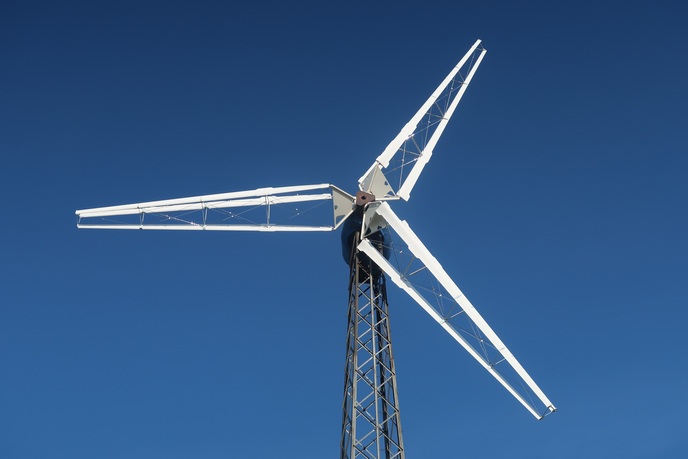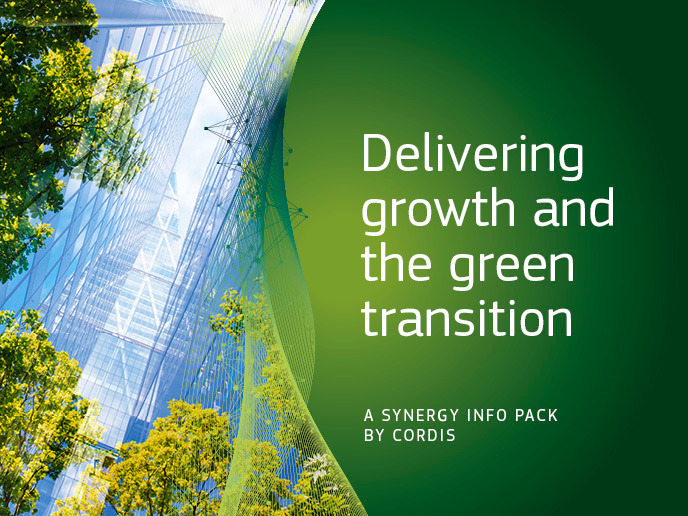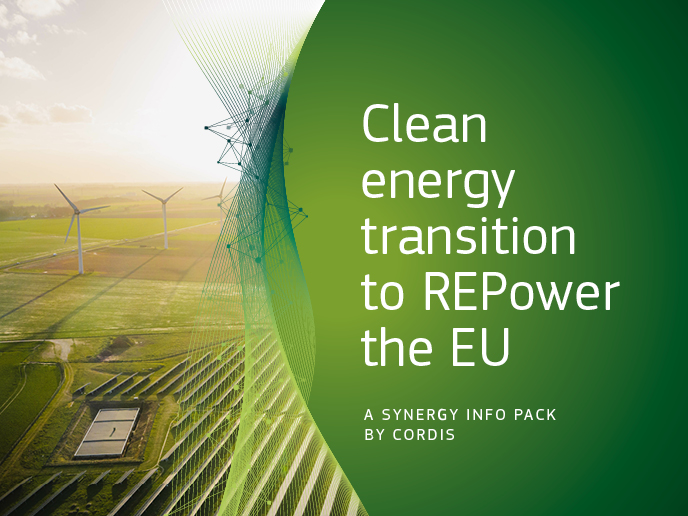Waves power sustainable development
Use of wave energy can help limit Europe's reliance on imported fossil fuels responsible for global warming due to the release of greenhouse gases (GHG) such as carbon dioxide (CO2). Europe has sought to reduce GHG by increasing exploitation of sources of renewable energy. The 'Sustainable economically efficient wave energy converter' (Seewec) project developed cost-effective solutions for renewable energy production. This involved researchers building a floating wave energy converter (WEC) named FO3 that was installed near the shoreline. The final device comprised a single point absorber placed under a floating platform, which was easy and cheap to make, operate and decommission. Project partners evaluated factors such as installation, environmental impact and power generation to ensure the economic viability of the WEC. Wave and seashore characteristics were carefully studied to determine the best installation site. The initiative involved two site installations whose data was closely examined, leading to the continuous improvement of the devices. Data from previous fieldwork was also incorporated into the study. Researchers conducted extensive tests on alternative materials for large-scale manufacturing of point absorbing buoys. The platform and point absorber were analysed and the extreme environmental conditions and hydrodynamic pressures they would experience were taken into account. The optimal energy capture of the point absorbers was determined and the single buoy device studied using a computer model. Different techniques were studied to minimise the effect of mooring on energy capture and to determine differences between individual and combined platform mooring systems. The layout of the WEC farm was determined with respect to achieving an optimum balance between high energy capture and low wave loads. The grid interconnection was examined with regard to power smoothing, voltage regulation and low voltage ride through. Knowledge gained from the Seewec project will help in the future development of WECs, as well as for tidal energy and offshore wind energy and help minimise Europe's dependency on fossil fuels.







